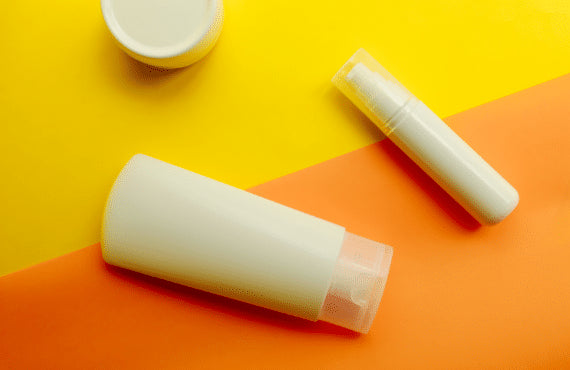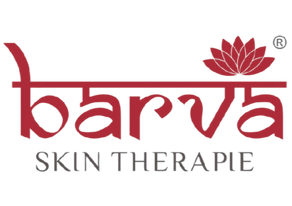How to Choose a Moisturizer
Posted by TEAM BARVA

In this article we will learn how to choose a moisturizer by learning the three main ingredients that the best moisturizers contain. A combination of these three ingredients - humectants, emollients, and occlusives in the right proportion determines the effectiveness of the moisturizer on your skin in terms of providing relief from dryness, locking in moisture for long hours, and forming a protective layer on the skin surface against allergens & other irritants.
The three main components of moisturizers are listed below:
1) Humectants
Humectants are the most important ingredients in a moisturizer. They provide hydration to the skin by attracting the water molecules. In scientific terms, humectants create hydrogen bonds with molecules of water. Due to this bonding, they draw water from the lower layers of the skin, i.e., from the dermis, which is the lower layer of the skin, to the dermis, which is the uppermost layer of the skin. When humidity exceeds 70%, humectants can also draw moisture from the water vapor in the air around us to moisturize the skin.
In addition, humectants break down the proteins holding skin cells together, thus facilitating the shedding of dead skin cells. This process prevents the skin from becoming excessively dry, flaky, and chapped.
Due to these properties of humectants, they are widely used in face & body moisturizers, hair conditioners, hair serums, etc. Moisturizing creams and lotions contain various artificially made as well as naturally derived humectants. Some of the most commonly used naturally derived humectants include honey, aloe vera, glycerin, and hyaluronic acid.
2) Emollients
Emollients are ingredients used to soften the skin. They have different properties as compared to humectants described above.
Emollients are rich in lipids, which are fatty substances that provide relief from skin dryness as well as signs of ageing such as wrinkles & lines. When skin becomes dry and flaky, it leads to the formation of open spaces between skin cells. Emollients fill these gaps with lipids, which soothes these conditions. Hence, they even out the skin, thus creating an ideal base for makeup.
In addition, emollients treat skin conditions such as irritated skin, eczema, psoraisis, atopic dermatitis, etc.
Some of the naturally derived emollients are mango butter, kokum butter, coco butter, cow ghee, cold-pressed almond oil, jojoba oil, and wheatgerm oil.
3) Occlusives
Effective moisturizers must also contain occlusives. They are ingredients that coat the skin surface with an oily or lipid barrier to prevent the loss of water from the topmost layer of the skin. Occlusives present in most creams and lotions are made up of oil mixed with emulsifier and water.
In addition to locking moisture into the skin by creating a protective layer, occlusives prevent allergens, irritants, and other harmful substances present in the air from entering the skin. There are various natural ingredients that act as emollients as well as occlusives. These include cow ghee, mango butter, petroleum jelly, lanolin, argon oil, jojoba oil, and mineral oil. Some of the most effective occlusives are mineral oil, petroleum jelly, and beeswax.
The most effective answer to the question "How to choose a moisturizer" would be to determine whether it has a humectant but, at the same time, it also has ingredients that act as emollients & occlusives, because without the latter, either excessive water will get drawn into the skin along with allergens & dirt particles, or there will be rapid moisture loss.
So, now you know how to choose a moisturizer based on its important ingredients. Was this article helpful? Do let us know in the comments box below :)
TAGS:

